Home>Interior Design>Compact Home Reconfigured To Add Space, Light And Style
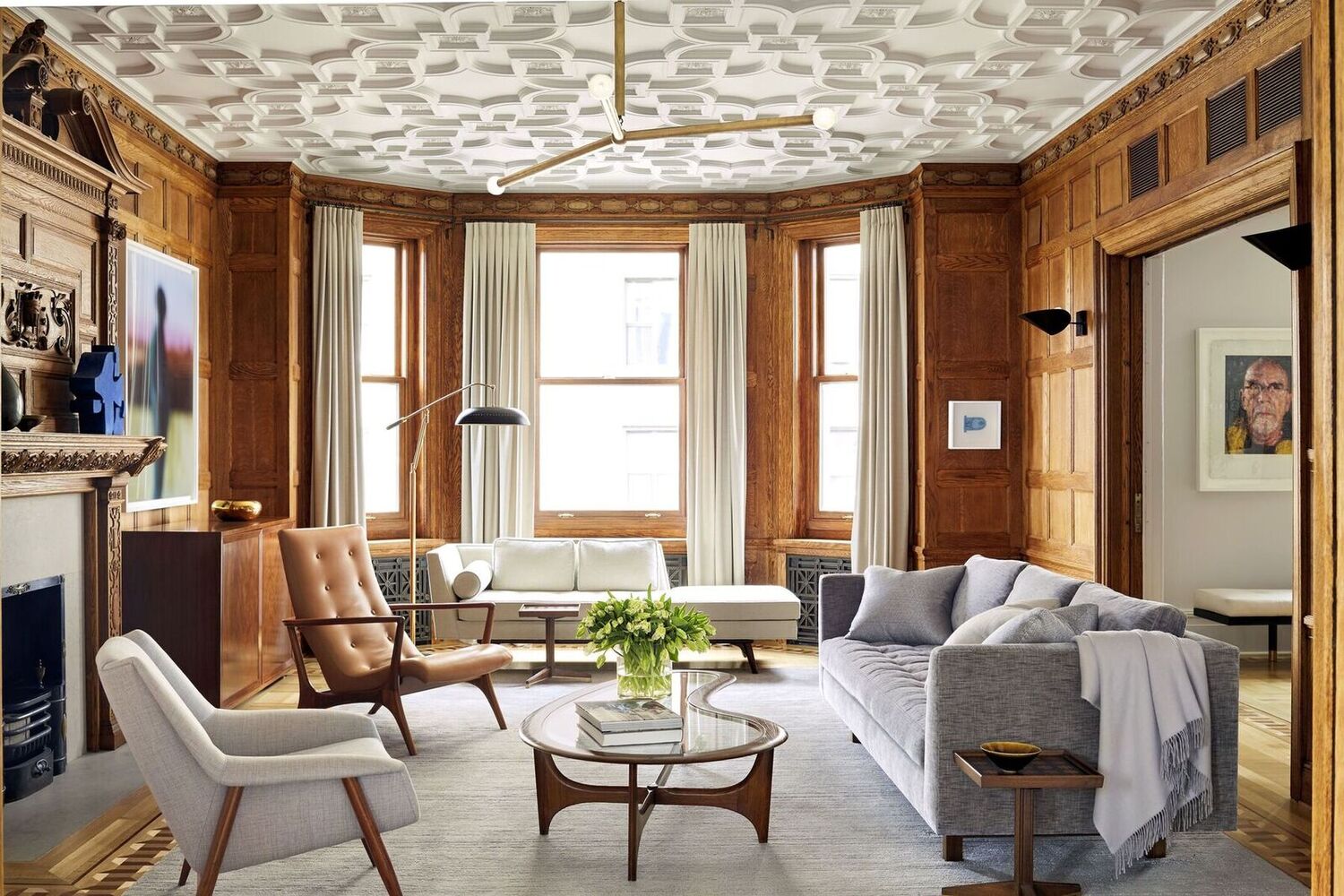

Interior Design
Compact Home Reconfigured To Add Space, Light And Style
Modified: January 20, 2024
Transform your compact home into a spacious, well-lit sanctuary of style with our expert interior design services. Maximize your living space and create a personalized, inviting atmosphere.
(Many of the links in this article redirect to a specific reviewed product. Your purchase of these products through affiliate links helps to generate commission for Storables.com, at no extra cost. Learn more)
Introduction
Welcome to the world of interior design, where creativity and functionality come together to transform living spaces into beautiful and practical environments. In this article, we will explore the art of reconfiguring a compact home to add space, light, and style. Whether you’re living in a small apartment or a cozy house, maximizing the potential of your space can make a significant difference in your daily life.
Many homeowners face the challenge of limited square footage, cramped rooms, and insufficient natural light. These factors can make a home feel claustrophobic and hinder its potential for comfortable living. However, with careful planning and strategic design choices, it is possible to optimize every square inch of your space and create a home that not only looks fantastic but also feels spacious and inviting.
In this article, we will present a design concept that addresses these challenges head-on. We will discuss structural changes, such as reconfiguring walls and openings, to create a more open and flowing floor plan. We will also explore how to maximize natural light through strategic placement of windows and the use of reflective surfaces. Additionally, we will delve into creating functional storage solutions to minimize clutter and make the most of limited space. Finally, we will touch upon incorporating stylish elements to add a touch of personality and flair to the reconfigured home.
So, if you’re ready to embark on a journey of transformation, let’s dive in and discover how to turn your compact dwelling into a spacious, light-filled, and stylish sanctuary.
Key Takeaways:
- Transforming a compact home involves reconfiguring space, maximizing natural light, and adding stylish elements to create a functional and visually appealing environment that reflects personal style and enhances everyday living.
- Strategic structural changes, optimized natural light, and creative storage solutions can transform a compact home into a spacious, bright, and organized sanctuary that reflects personal style and maximizes functionality.
Problem Overview
Compact homes often present some common problems that can diminish the overall functionality and aesthetic appeal of the space. These issues include limited square footage, a lack of natural light, and a lack of storage options. These challenges can make the living space feel cramped, dark, and cluttered, ultimately affecting the overall ambiance and comfort.
First and foremost, limited square footage is a significant concern in compact homes. The confined space can make it difficult to move around freely and can limit the possibilities for furniture placement and room layout. Additionally, inadequate storage options can contribute to cluttered living spaces, as homeowners struggle to find suitable places to store their belongings.
Furthermore, insufficient natural light can make a compact home feel even smaller and darker. Dimly lit spaces not only create a gloomy atmosphere but can also impact mood and productivity. The lack of natural light can make the space feel closed off and uninviting.
Fortunately, these problems can be addressed through thoughtful design and strategic changes. By reconfiguring the layout, maximizing natural light, and incorporating functional storage solutions, homeowners can overcome these limitations and create a home that feels more spacious, bright, and organized.
In the following sections, we will explore a design concept that aims to tackle these problems head-on. Through structural changes, the opening up of the living area, maximizing natural light, creating functional storage, and incorporating stylish elements, we will present a comprehensive approach to transform a compact home into a more livable and visually appealing space.
Design Concept
When reconfiguring a compact home, the design concept should focus on three key aspects: maximizing space, optimizing natural light, and adding stylish elements. By addressing these factors, we can create a harmonious and functional living environment that reflects the homeowner’s personal style. Let’s explore each of these aspects in more detail.
Maximizing Space: The key to making a compact home feel more spacious is to rethink the layout. In many cases, it may be necessary to remove or reposition walls to open up the living area and create a more open floor plan. This can enhance the flow between rooms, making the space feel larger. Additionally, making efficient use of vertical space by incorporating tall storage units or utilizing wall-mounted shelves can help maximize storage without sacrificing valuable floor area.
Optimizing Natural Light: Natural light has a transformative effect on any living space. To maximize natural light in a compact home, consider upgrading windows to allow more light to enter. Installing skylights or light wells can also be a great way to bring in additional natural light. Additionally, using light-colored paints on walls and strategically placing mirrors can help reflect light and create the illusion of a brighter and more open space.
Adding Stylish Elements: Just because a home is compact, it doesn’t mean it can’t be stylish. Incorporating stylish elements such as unique light fixtures, statement furniture pieces, or creative wall art can elevate the aesthetics of the space. Opt for furniture with multifunctional designs, such as hidden storage compartments or built-in displays, to maximize functionality while maintaining a sleek and stylish look.
By combining these design principles, we can create a transformed living space that feels more open, bright, and stylish. In the following sections, we will delve into the specific structural changes, layout adjustments, and design solutions that can be implemented to achieve these goals.
Structural Changes
When reconfiguring a compact home, structural changes are often necessary to optimize the use of space and create a more functional layout. Here are some structural changes that can be considered:
- Removing or repositioning walls: Opening up the living area by removing or repositioning walls can create a more open and flowing floor plan. This can help maximize space and improve the overall functionality of the home. Consulting with a structural engineer or architect is essential to ensure the changes do not compromise the stability of the building.
- Creating additional rooms: In some cases, it may be possible to add an extra room or extend an existing one to increase the living space. This can be achieved by repurposing underutilized areas such as an attic or basement or by adding an extension to the existing structure.
- Adjusting door and window placements: Evaluating the placement of doors and windows can help optimize natural light flow and enhance the overall aesthetics. Installing larger windows or adding additional windows can bring in more natural light and create a sense of openness. Similarly, repositioning doors can improve the flow between rooms and create a more balanced layout.
- Enlarging entryways: Creating wider entryways between rooms can enhance the sense of spaciousness and allow for better circulation throughout the home. This can create a more open and connected feeling between different areas, making the overall layout appear more seamless.
- Building mezzanine or loft spaces: In homes with high ceilings, building a mezzanine or loft space can help maximize vertical space and create additional living areas. These elevated platforms can be used as home offices, reading nooks, or even as an extra sleeping area.
It is important to consult with professionals, such as architects and contractors, when considering structural changes. They can provide expert advice and ensure that any modifications adhere to building regulations and safety standards.
By implementing these structural changes, it is possible to transform a compact home into one that feels more spacious and functional. The next section will focus on opening up the living area to further enhance the overall layout and flow of the home.
Opening up the Living Area
The living area is often the heart of a home, where family and friends gather to spend time together. Opening up this space in a compact home can create a more inviting and spacious environment. Here are some strategies to consider:
- Removing non-load-bearing walls: Non-load-bearing walls can often be safely removed to create a more open floor plan. This can help to eliminate barriers between the living room, dining area, and kitchen, allowing for better flow and interaction between the spaces.
- Creating an open kitchen concept: An open kitchen concept can visually expand the living area in a compact home. By removing walls or installing a counter with a breakfast bar, the kitchen seamlessly integrates into the living space, making it feel more open and connected.
- Using multifunctional furniture: Selecting furniture that serves multiple purposes can help optimize space and functionality. For example, a sofa bed can be used for seating during the day and as a guest bed at night. Utilizing storage ottomans or coffee tables with built-in storage can also help declutter the living area.
- Choosing the right furniture placement: Proper furniture placement is crucial in maximizing space and creating an open feel. Consider placing furniture against walls to open up the center of the room and create a sense of flow. Avoid blocking natural pathways and make sure there is sufficient space for movement between furniture pieces.
- Using visual dividers: Instead of physical partitions, use visual dividers like sliding doors or curtains to separate areas when needed. This allows for flexibility in creating distinct zones without sacrificing the open feel of the living area.
By implementing these strategies, you can create a more open and airy living area in your compact home. The next section will explore how to maximize natural light to further enhance the overall ambiance of the space.
Consider using multifunctional furniture to maximize space in a compact home. Look for pieces that can serve multiple purposes, such as a sofa that can also be used as a bed or a coffee table with built-in storage.
Read more: 15 Best LED Mirrors for Lighting in Style
Maximizing Natural Light
Natural light has a transformative effect on any living space. It can make a compact home feel more open, bright, and inviting. Here are some strategies to maximize natural light in your home:
- Optimize window placement: Evaluate the placement of windows in your home and ensure they are strategically positioned to allow maximum light to enter. Consider expanding existing windows or adding new ones in areas that can benefit from additional sunlight.
- Utilize reflective surfaces: Incorporate mirrors or glass surfaces strategically to reflect and amplify natural light. Place mirrors opposite windows or in areas where they can bounce light around the space. Utilize glass tabletops or light-colored furniture to create a sense of openness and brightness.
- Choose light colors for walls and surfaces: Paint the walls and ceilings in light, neutral hues that reflect light rather than absorbing it. Light-colored surfaces create a sense of spaciousness and help to bounce natural light around the room.
- Install skylights or light wells: If feasible, consider adding skylights or light wells to bring in additional natural light from above. These features can flood the space with sunlight, even in rooms with limited wall space for windows.
- Use sheer curtains or blinds: Opt for sheer curtains or blinds that allow natural light to filter through while still providing privacy. Avoid heavy, dark curtains that can block light and make the space feel more enclosed.
- Trim outdoor foliage: If your home is surrounded by trees or shrubs, make sure to trim them regularly to allow more sunlight to enter your living space. Trimming back any overgrown vegetation near windows can significantly increase the amount of natural light that filters into your home.
By incorporating these strategies, you can maximize natural light in your compact home and create a brighter, more welcoming environment. The next section will focus on creating functional storage solutions to address clutter and maintain an organized space.
Creating Functional Storage Solutions
One of the common challenges in compact homes is the lack of storage space. However, with some smart design choices, it is possible to maximize the available space and create functional storage solutions. Here are some ideas to consider:
- Utilize vertical space: Make use of vertical space by installing floor-to-ceiling shelves or wall-mounted cabinets. This allows you to store items without taking up valuable floor space. Use decorative baskets or bins to keep items organized and out of sight.
- Opt for furniture with hidden storage: Look for furniture pieces that serve multiple purposes and offer hidden storage compartments. Examples include ottomans with storage space inside, beds with built-in drawers, or coffee tables with lift-up tops.
- Maximize under-utilized spaces: Make the most of under-utilized areas, such as the space under stairs or the area above cabinets. Install custom-built shelves or drawers to take advantage of these spaces and create additional storage options.
- Invest in modular or flexible storage systems: Modular storage systems allow you to customize and reconfigure the storage layout as needed. Look for modular shelving, closet organizers, or wardrobes that can be adjusted to suit your changing storage needs.
- Use multi-functional room dividers: Incorporate room dividers that double as storage units. These can create separate areas within an open floor plan while also providing additional storage space for books, accessories, or display items.
- Declutter regularly: Regularly decluttering your belongings is essential to maintain an organized and functional living space, particularly in a compact home. Assess your possessions and let go of items that are no longer needed or used. Embrace minimalism and keep only what truly adds value to your life.
By implementing these storage solutions, you can reduce clutter and maintain an organized living environment, even in a compact home. The next section will explore how to incorporate stylish elements to add personality and flair to the reconfigured space.
Incorporating Stylish Elements
Transforming a compact home is not just about maximizing space and functionality; it’s also an opportunity to infuse personal style and create a visually appealing environment. Here are some tips for incorporating stylish elements into your reconfigured home:
- Choose a cohesive color scheme: Select a color palette that complements your personal style and unifies the space. Consider using a neutral base with pops of color through accessories or artwork. This creates a cohesive and visually pleasing environment.
- Opt for statement pieces: Introduce statement furniture pieces or unique accent items that serve as focal points in the room. This can include bold-colored chairs, a distinctive light fixture, or an eye-catching piece of artwork. These elements add personality and visual interest to the space.
- Experiment with textures and patterns: Incorporate different textures and patterns to add depth and visual intrigue. This could be achieved through textured pillows, patterned rugs, or textured wallpapers. However, be mindful of not overdoing it, as too many patterns can make the space feel crowded.
- Create a gallery wall: Use a gallery wall to display photographs, artwork, or even sentimental items. This adds a personal touch and creates a focal point in the room. Experiment with different frames and arrangement styles to achieve a unique and visually appealing display.
- Add plants and greenery: Bring the outdoors inside by incorporating houseplants and greenery. Plants not only add a touch of nature to the home but also enhance air quality and create a calming atmosphere. Choose low-maintenance plants that suit your space and lighting conditions.
- Pay attention to lighting fixtures: Lighting fixtures are not just functional; they can also serve as decorative elements. Choose fixtures that complement the overall style of your home and add visual interest. Consider pendant lights, chandeliers, or modern sconces to elevate the ambiance.
- Showcase unique accessories: Display unique accessories or personal collections that reflect your interests and personality. This could include vintage books, handmade ceramics, or travel souvenirs. These accessories can become conversation starters and add a personal touch to the space.
By incorporating these stylish elements, you can infuse your personal taste and create a visually captivating environment in your reconfigured home. Now that we have explored various aspects of transforming a compact space, let’s conclude our journey.
Conclusion
Transforming a compact home into a space that is both functional and stylish requires careful planning and thoughtful design choices. By addressing the challenges of limited space, insufficient natural light, and lack of storage options, it is possible to create a beautiful and practical environment that meets your lifestyle needs.
Throughout this article, we have explored various strategies to achieve these goals. We discussed the importance of structural changes, such as removing walls or repositioning doors, to open up the living area and create a more open floor plan. Maximizing natural light through window placement, reflective surfaces, and light colors helps create a bright and airy atmosphere. Functional storage solutions, such as utilizing vertical space and choosing furniture with hidden storage, can help you stay organized and minimize clutter. Lastly, we explored how incorporating stylish elements, like statement furniture pieces and unique accessories, can add personality and flair to your reconfigured home.
Remember, when undertaking a transformation project, it is essential to strike a balance between functionality and aesthetics. Each decision should be guided by your unique needs and personal style. Consulting with design professionals, such as architects and interior designers, can provide valuable insights and expertise to ensure your vision is brought to life.
With the right approach and creative solutions, your compact home can undergo a remarkable transformation. Embrace the challenge and turn your space into a sanctuary that reflects your style, maximizes functionality, and brings a sense of joy and comfort to your everyday life.
Frequently Asked Questions about Compact Home Reconfigured To Add Space, Light And Style
Was this page helpful?
At Storables.com, we guarantee accurate and reliable information. Our content, validated by Expert Board Contributors, is crafted following stringent Editorial Policies. We're committed to providing you with well-researched, expert-backed insights for all your informational needs.
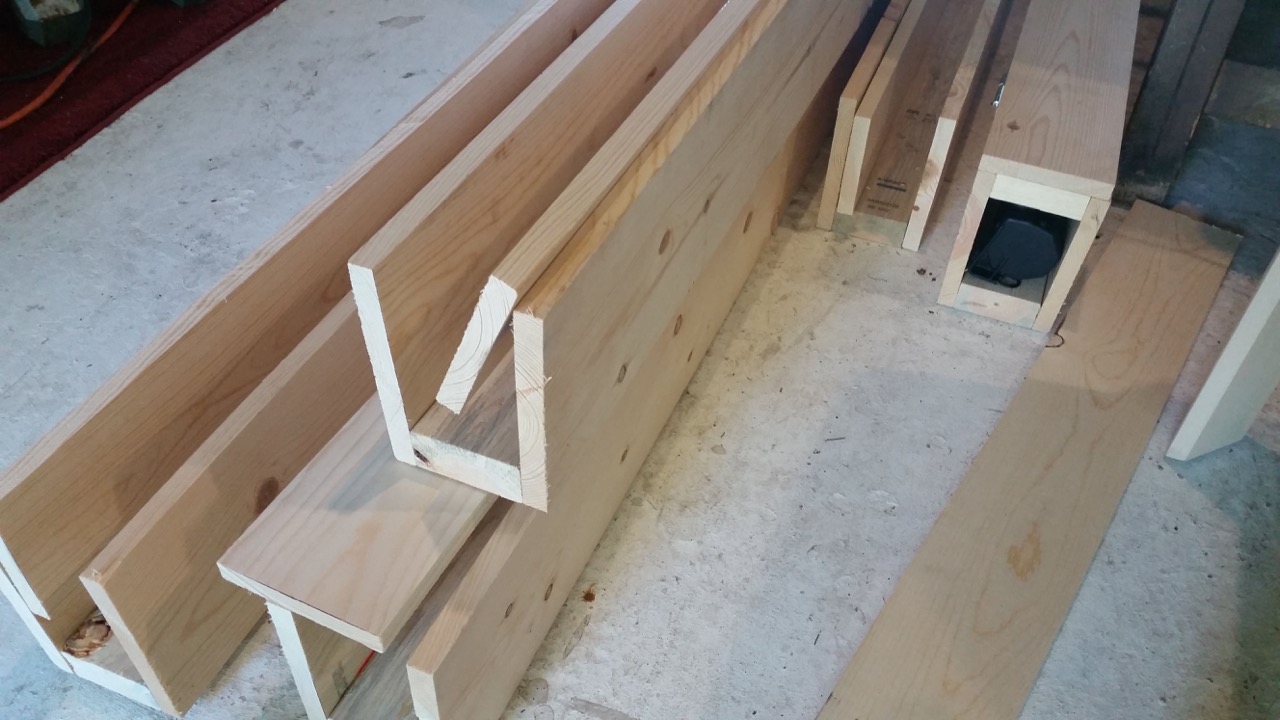

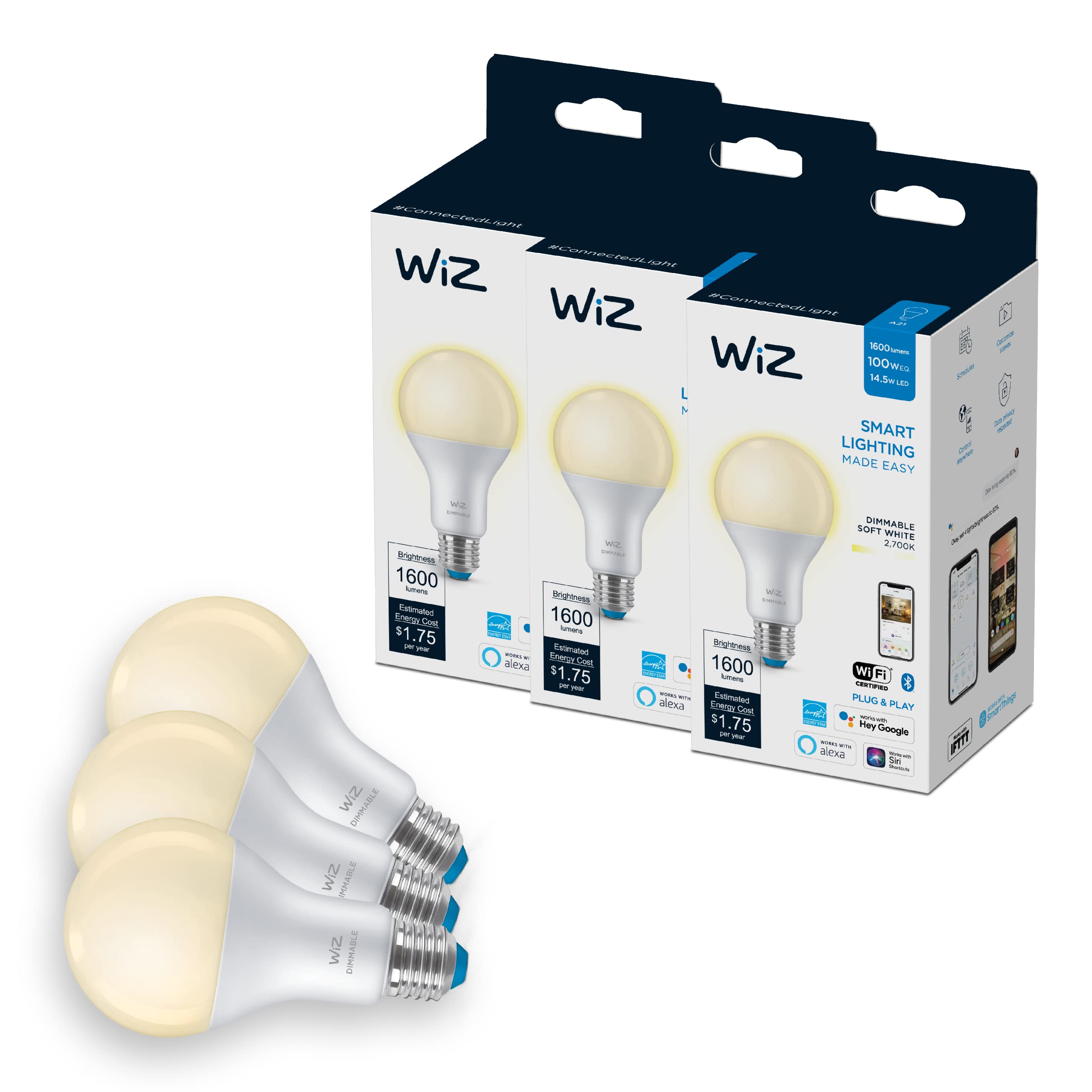

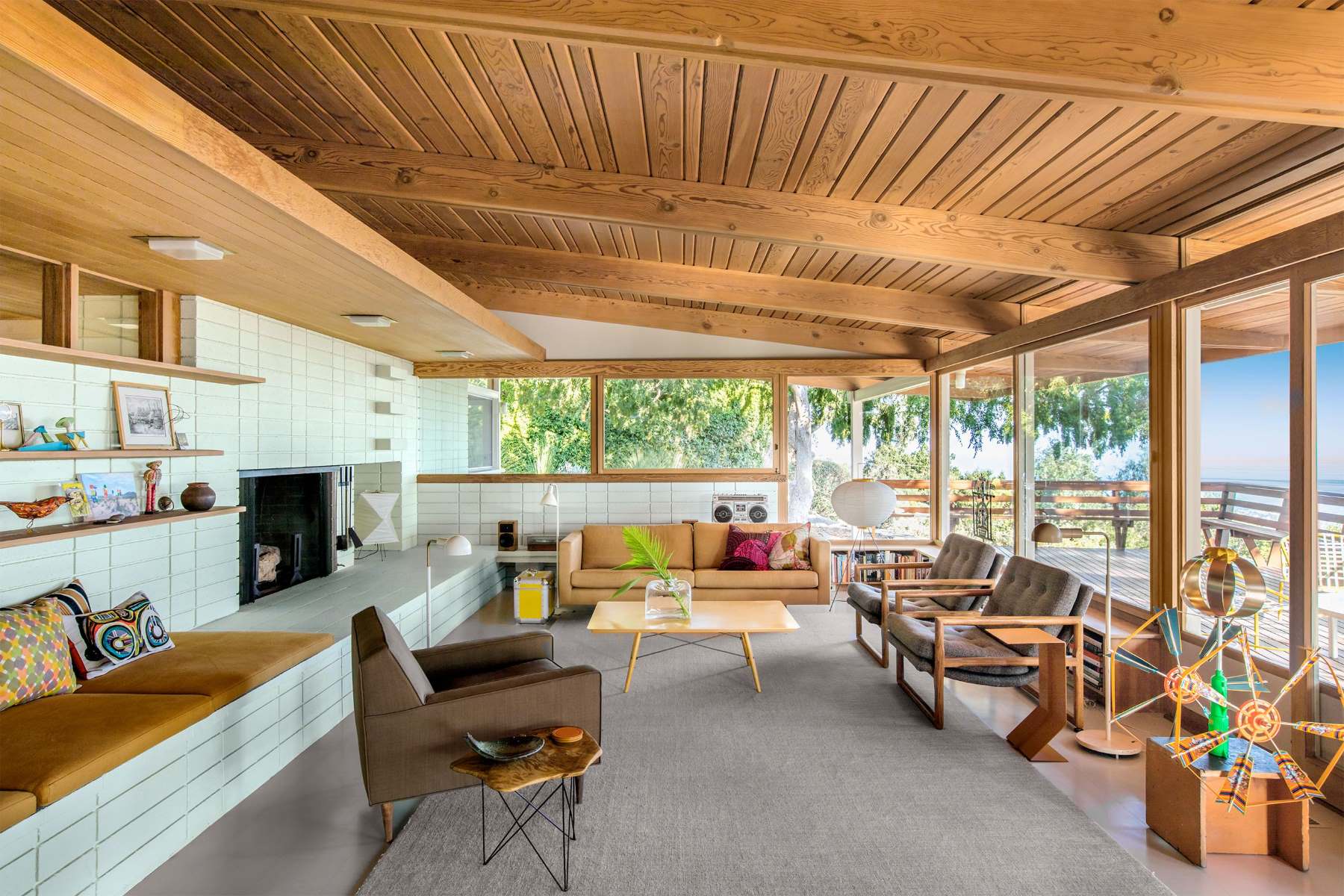

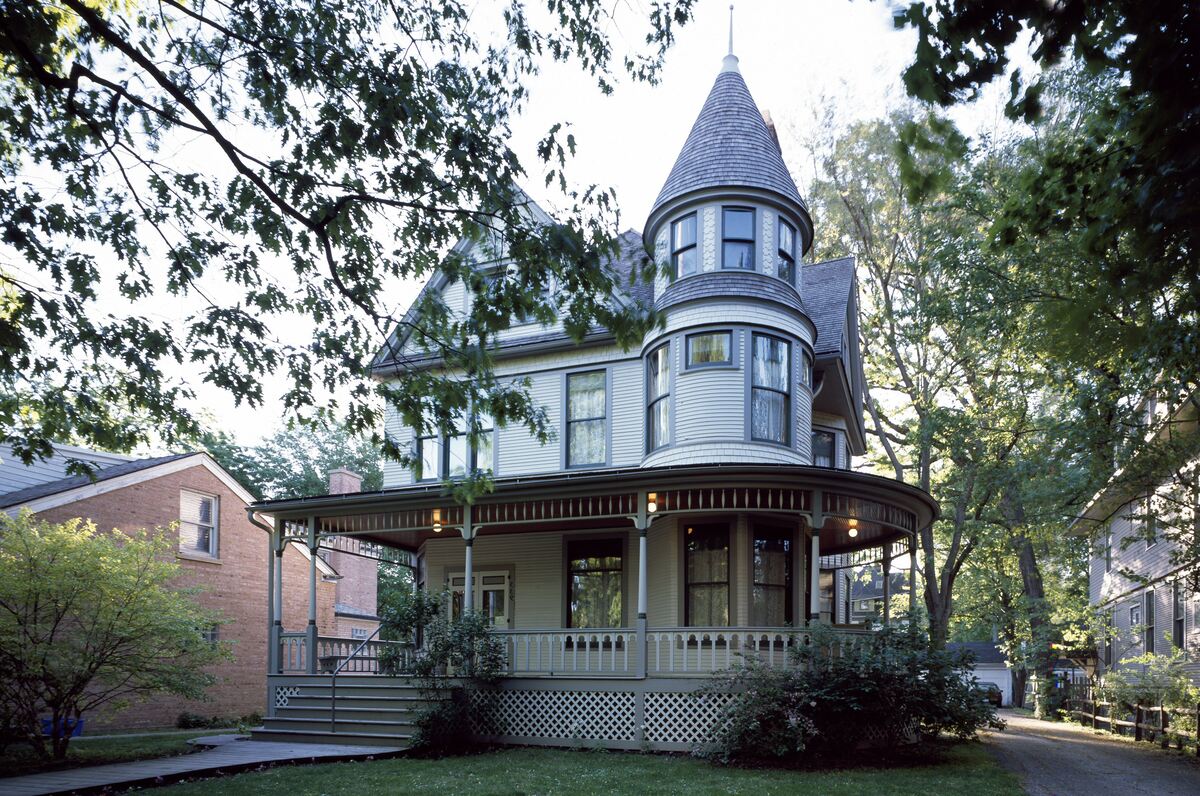
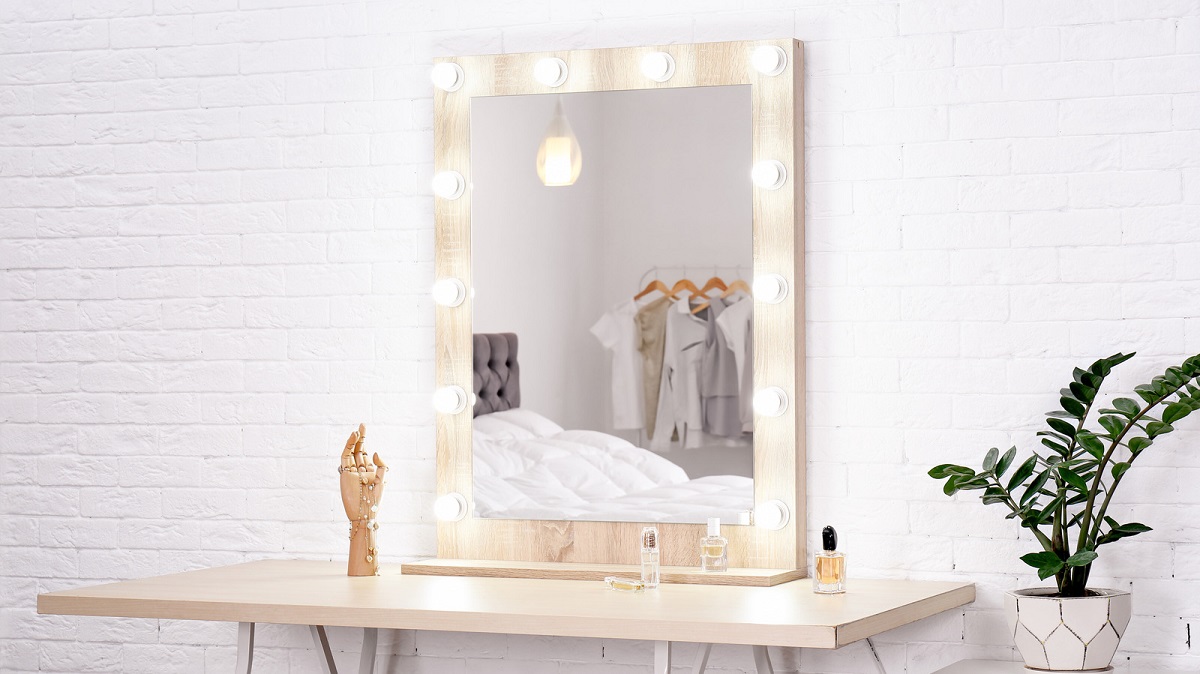
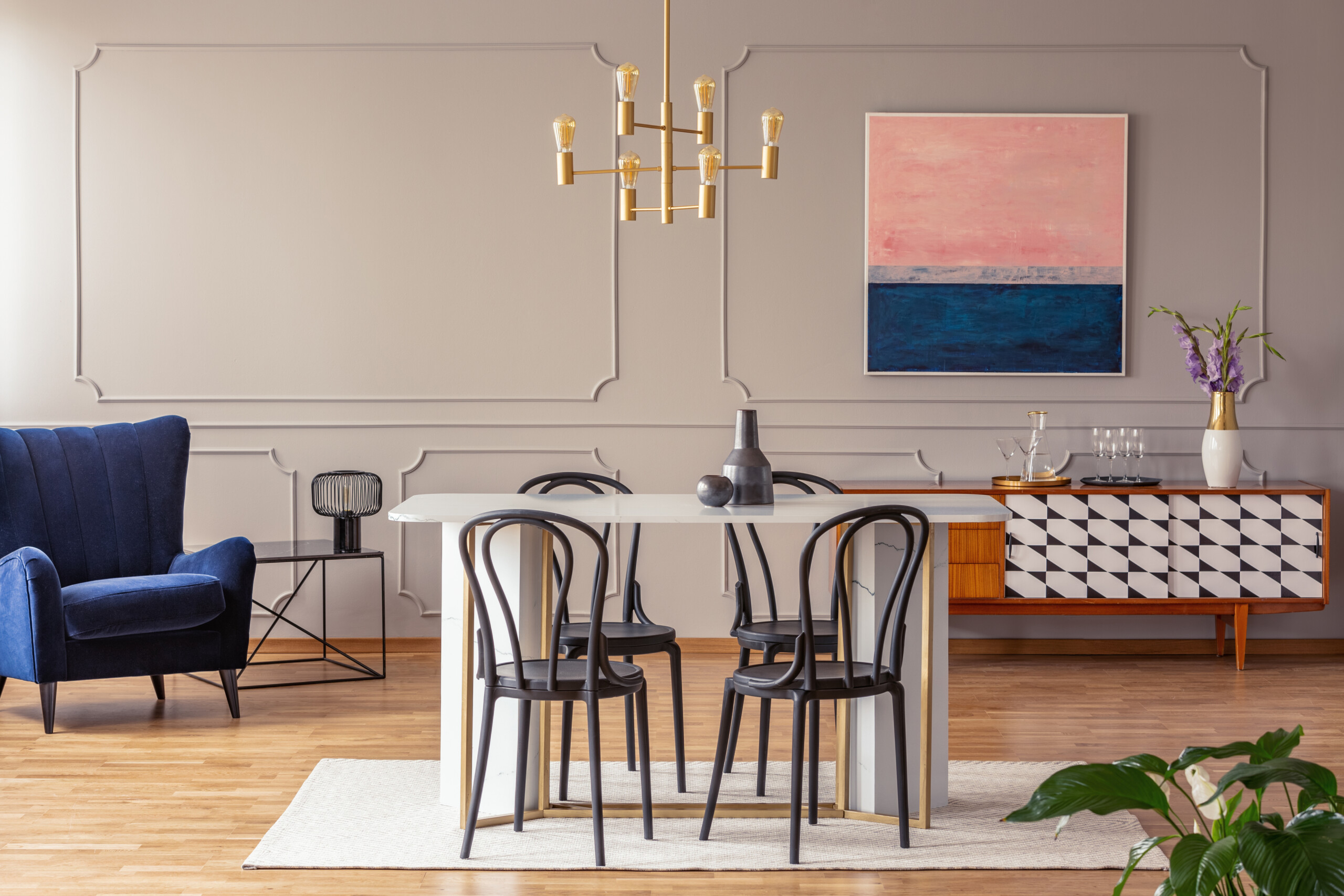
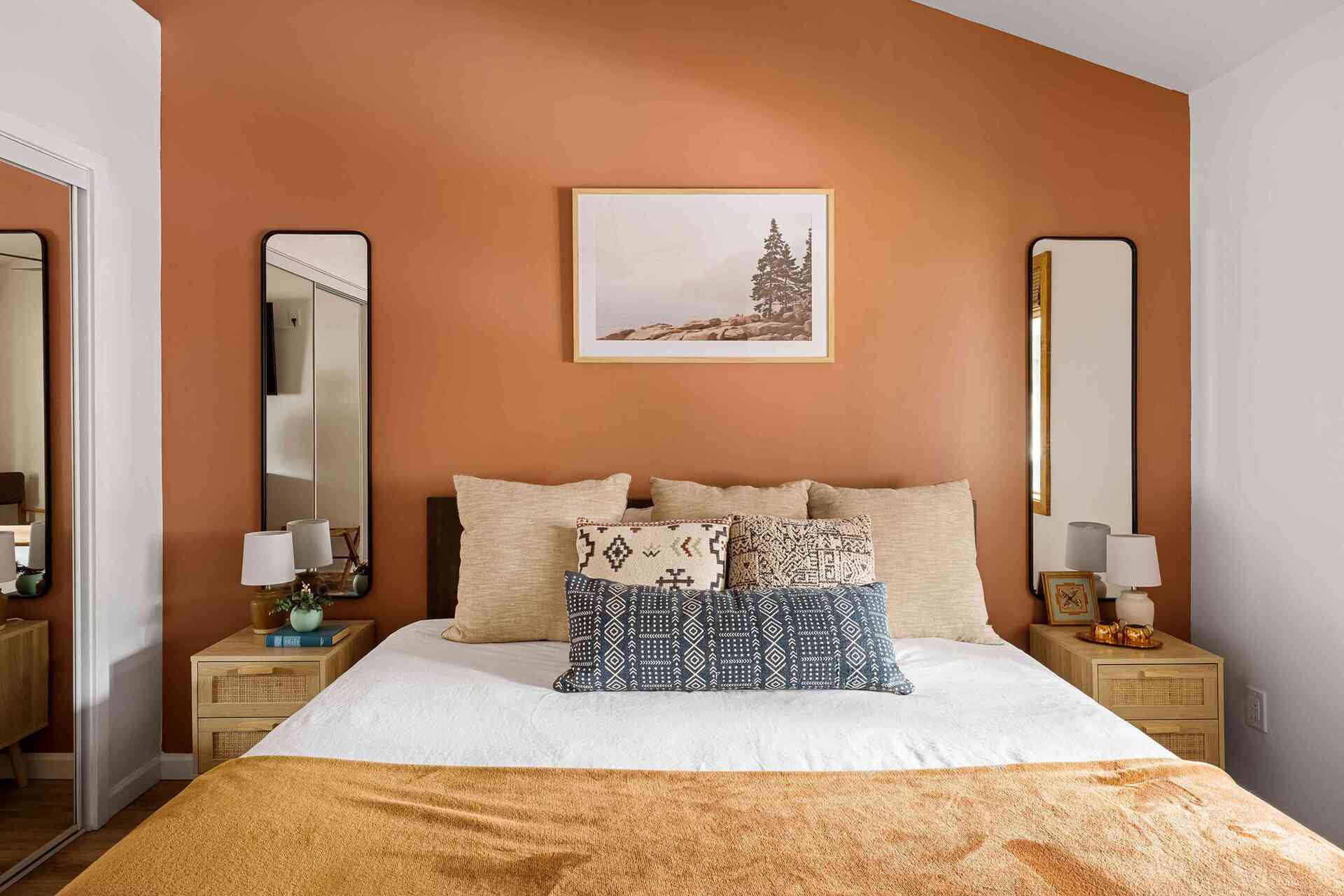
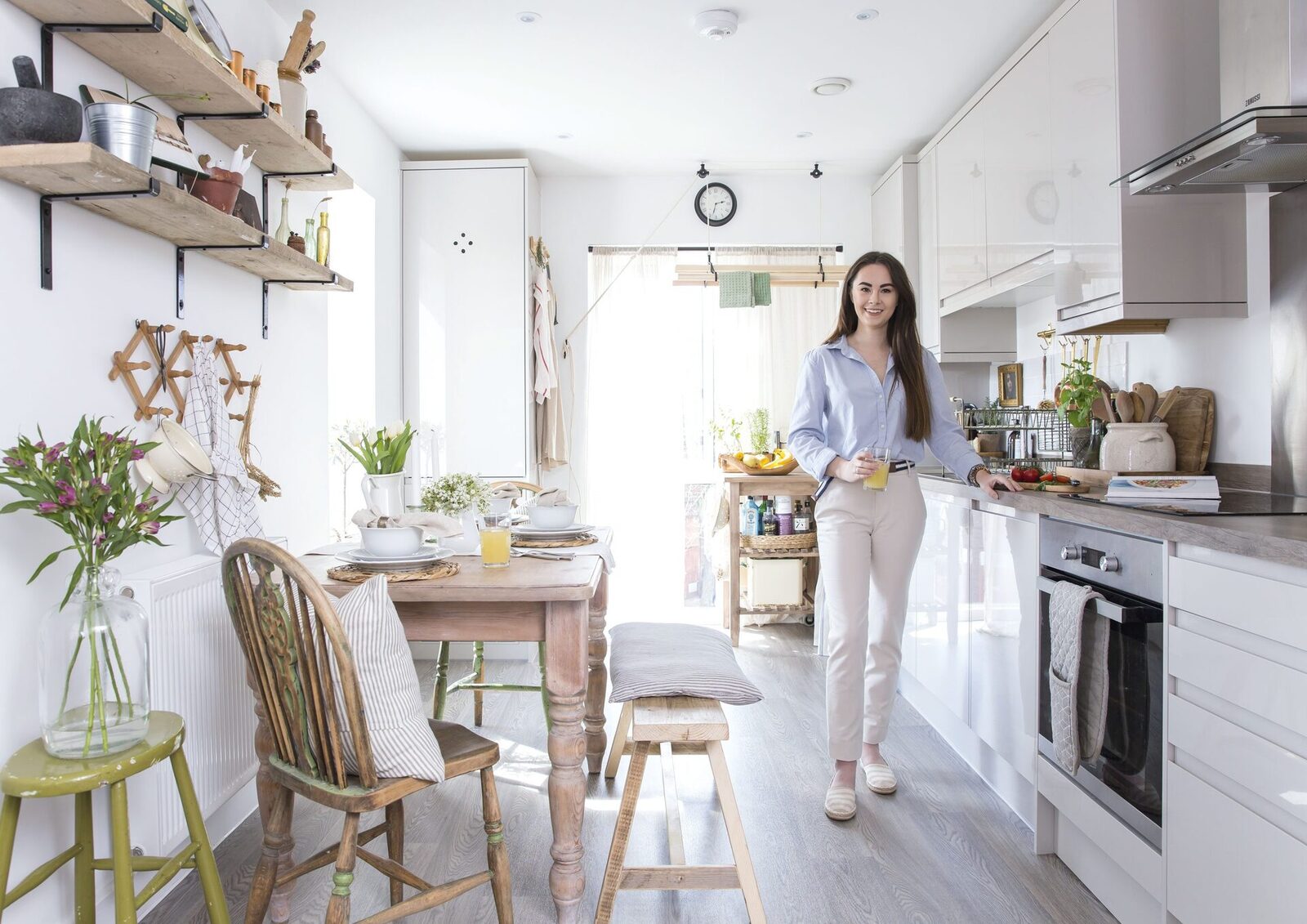
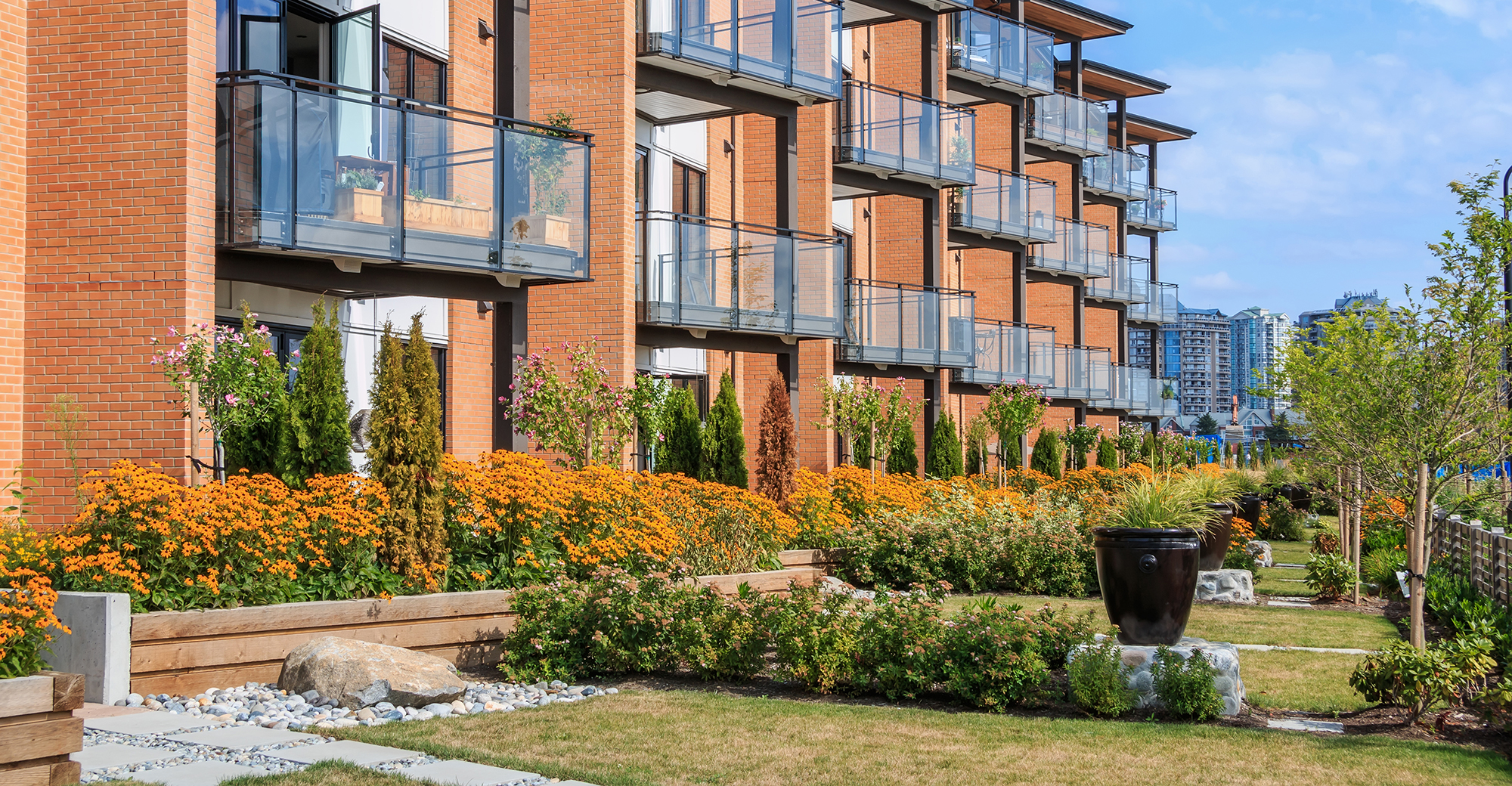
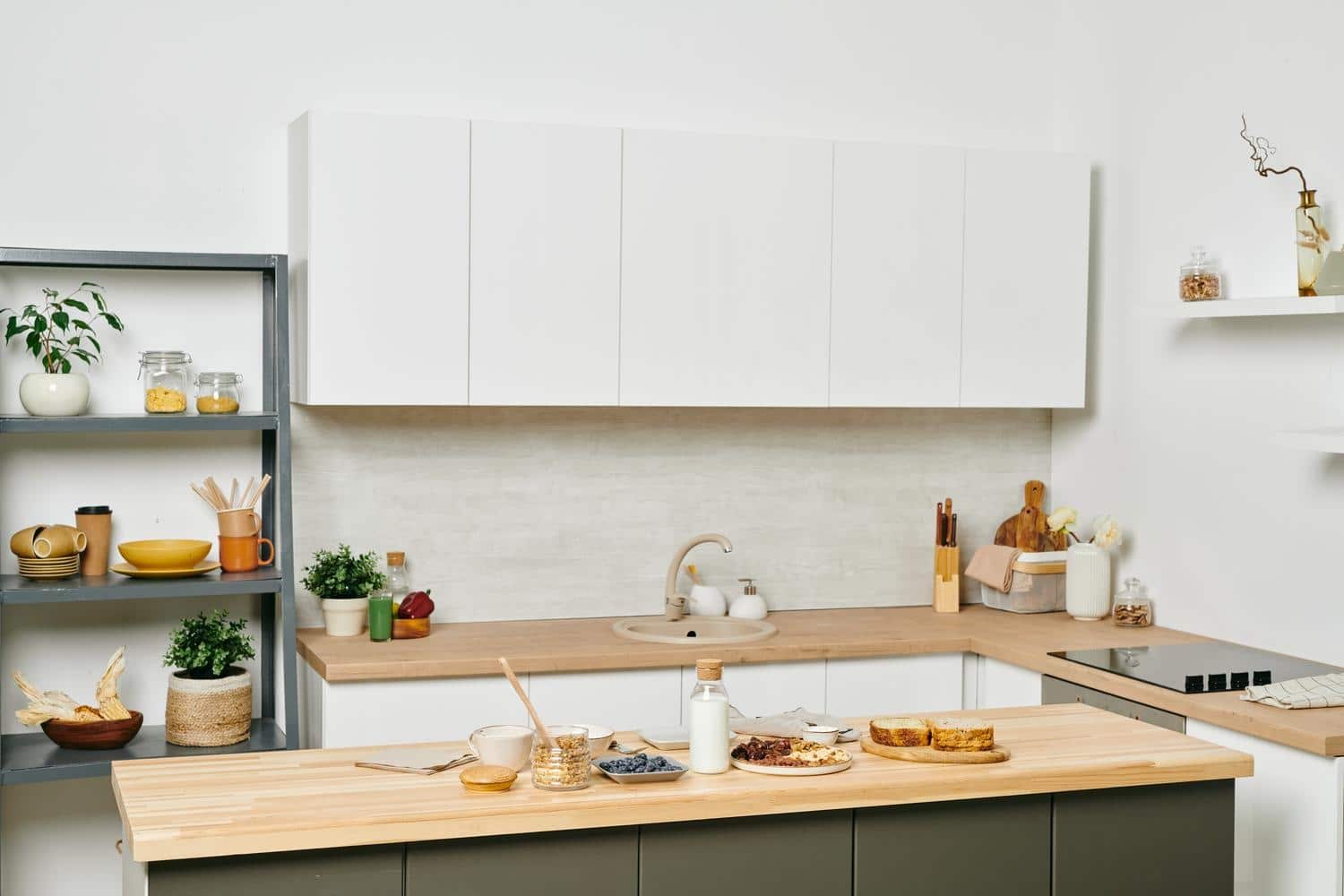
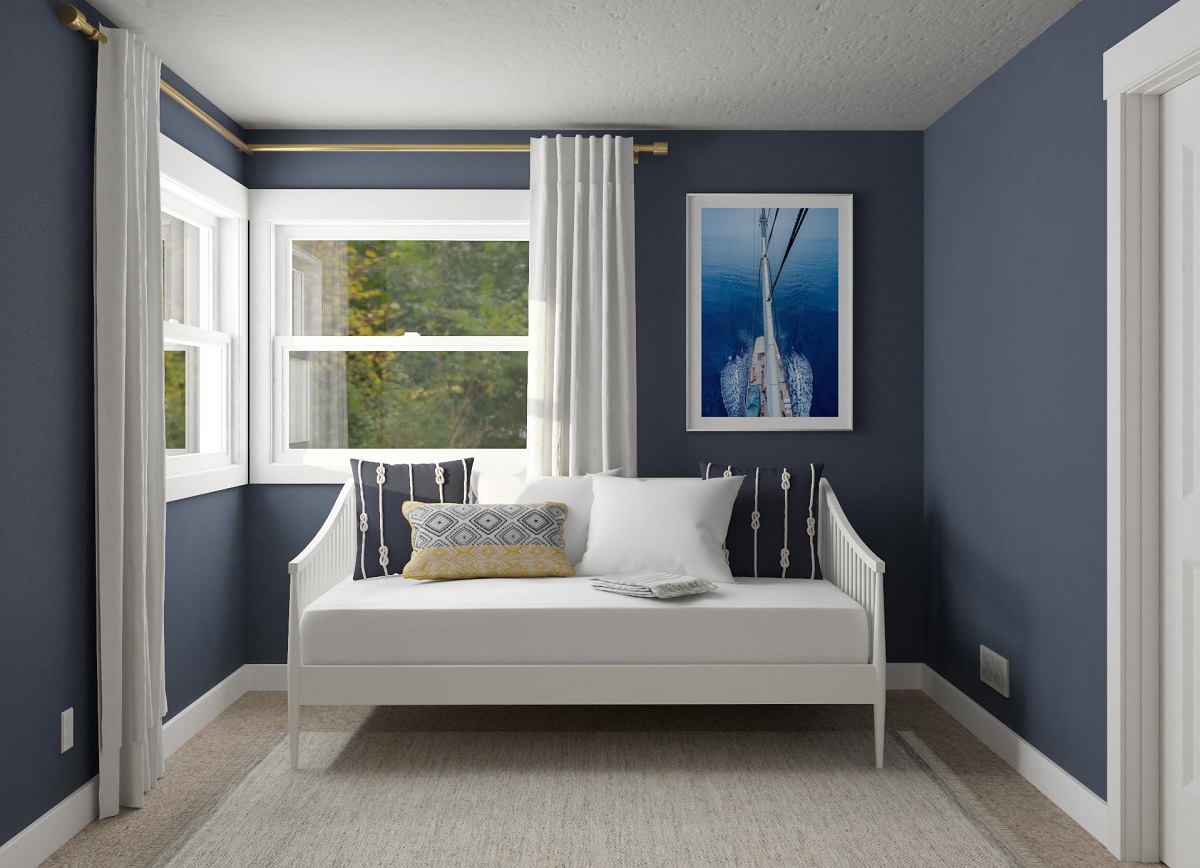

0 thoughts on “Compact Home Reconfigured To Add Space, Light And Style”